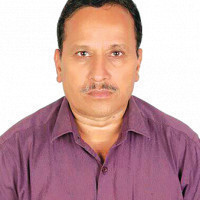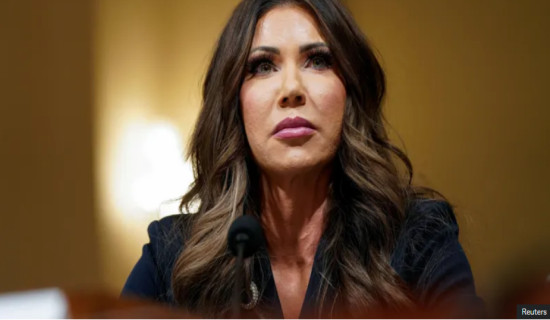- Friday, 19 December 2025
Sibling Rivalry Heralds Cultural Renaissance
Mayors of Kathmandu Metropolitan City (KMC) and Dharan Sub-Metropolis-- Balendra Shah and Harka Sampang Rai-- have been criticising each other's working style much to the chagrin of their well-wishers. In some instances, their attacks have gone even to personal level. When the waste management hit the capital city, Rai humiliated Shah: “If I had not been here in Kathmandu, the waste would not have been collected.”
Then, Shah retorted: “Yes. I won the election with your election symbol — walking stick.” Though Shah’s acceptance sounds simple, but it is full of sarcasm. As Mayor Rai met with CPN-Maoist Centre chairman Pushpa Kamal Dahal Prachanda in Dharan, Mayor Shah expressed his disagreement immediately. They continue to trade sharp comments. Amid this, some electronic media, Facebook users and well-wishers of the independent mayors are trying to pacify them, and suggesting them to stop their ego clashes.
But, the facts say that the ego of a leader should not be suppressed. Rather it should be promoted because it yields something useful. Leaders by nature should be bold and assertive rather than naïve and cowardice. If leaders stand firm on their development commitments, the society stand to reap the benefit. Here are two facts:
In Panchayat period, Banepa and Dhulikhel used to be at odds. As Banepa became municipality, Dhulikhel also tried for it and became municipality. When Banepa worked for road access, health facilities and water supply system, Dhulikhel, too, strived for the basic facilities and achieved them, though the terrain of the latter is uneven. Today, they have good health facilities, water supply and basic tourism infrastructures.
Similarly, we have another instance of competition during the Malla Period especially after the death of king Yakshya Malla. The king had ruled the Kathmandu Valley from Bhaktapur. His six sons and a daughter failed to rule the country turn-by-turn as they were instructed. So, the eldest son Raya Malla ruled from Bhatapur (Khowpa), but his ambitious junior brother Ratna Malla not only started ruling from Kathmandu (Yei) but also instigated other brothers to betray Raya Malla, and helped to establish another principality in Lalitpur (Yala).
Because of the betrayal of Khowpa king and formation of new principalities in the small valley, a sort of competitive and acrimonious relations developed among the siblings. Instead of fighting to finish each other, they focused their attention on constructing huge buildings, and developing art and culture. Khowpa constructed majestic Nyatapola Temple and Taumadi Square. Yei built Taleju Bhawani Temple, Ranipokhari. Challenging them all, Yala made all stone Krishna Mandir, culturally rich Sundaru Chowk in the big palace.
The beginning of culturally rich numerous feasts and festivals and Jatras of the Malla Period can be considered as the outcome of competition. Because of that sibling rivalry, the Malla Period is regarded as the Golden Age in terms of art and cultural development in Nepal. Who knows, the antagonism between Shah and Rai would herald renaissance of constructive development in the country. In his book The Third Man, Orson Welles writes: “In Italy for thirty years under the Borgias, they had warfare, terror, murder, bloodshed. They produced Michelangelo, Leonardo da Vinci, and the Renaissance. In Switzerland, they had brotherly love; five hundred years of democracy and peace, and what did they produce? The cuckoo clock.”










-original-thumb.jpg)

